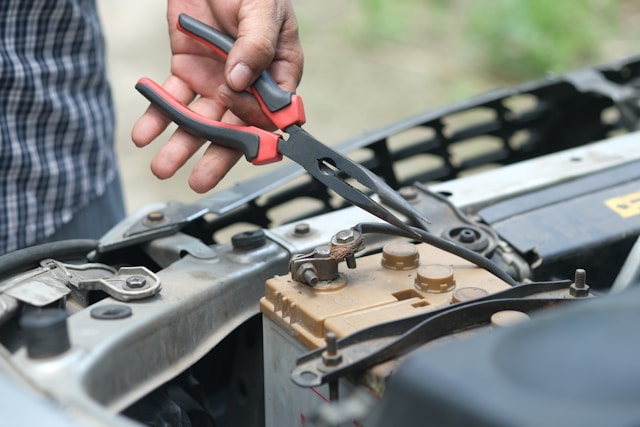According to Frost & Sullivan, 3D Printing will generate $4.3 billion for the automobile industry by 2025. 3D printing has reached the stage where it provides high-quality parts of all sizes in many different industries. Typically, industrial operations get held up by the need for tiny, insignificant parts including clips, retainers, rivets, screws, and the like that must be ordered from afar. But now manufacturers have the option of using 3D printers to create parts on-site.
At the other end of the size scale, a new 3D printing milestone was recently achieved when Puris 3D successfully produced the largest, most complex 3D printed titanium part for an aerospace customer. The part was made on the ExOne M-Print and printed at room temperature which served to eliminate residual stress buildup that affects the chemical property and microstructure of other 3D metal printing technologies.
Today’s primary 3D printing technology for industrial needs is known as powder bed fusion, but there are competing technologies:
- electron beam melting
- binder jetting
- nanometal insetting
- directed energy deposition
There are currently about 10 major metal 3D manufacturers including:
- EOS (Germany)
- Concept Laser (Germany)
- SLM Solutions (Germany)
- REALizer (Germany)
- Renishaw (UK)
- 3D Systems (US)
- Additive Industries (Netherlands)
- Arcam Metals (Sweden)
- Aero Sud (South Africa)
- Trumpf (Germany) & ISisma (Italy) in a new joint venture
- XJet (Israel)
The following video explains Puris and how it makes 3D printed metal parts.
IndustryTap will look at each of these 3D metal printing methods and the companies listed in detail in future articles.





